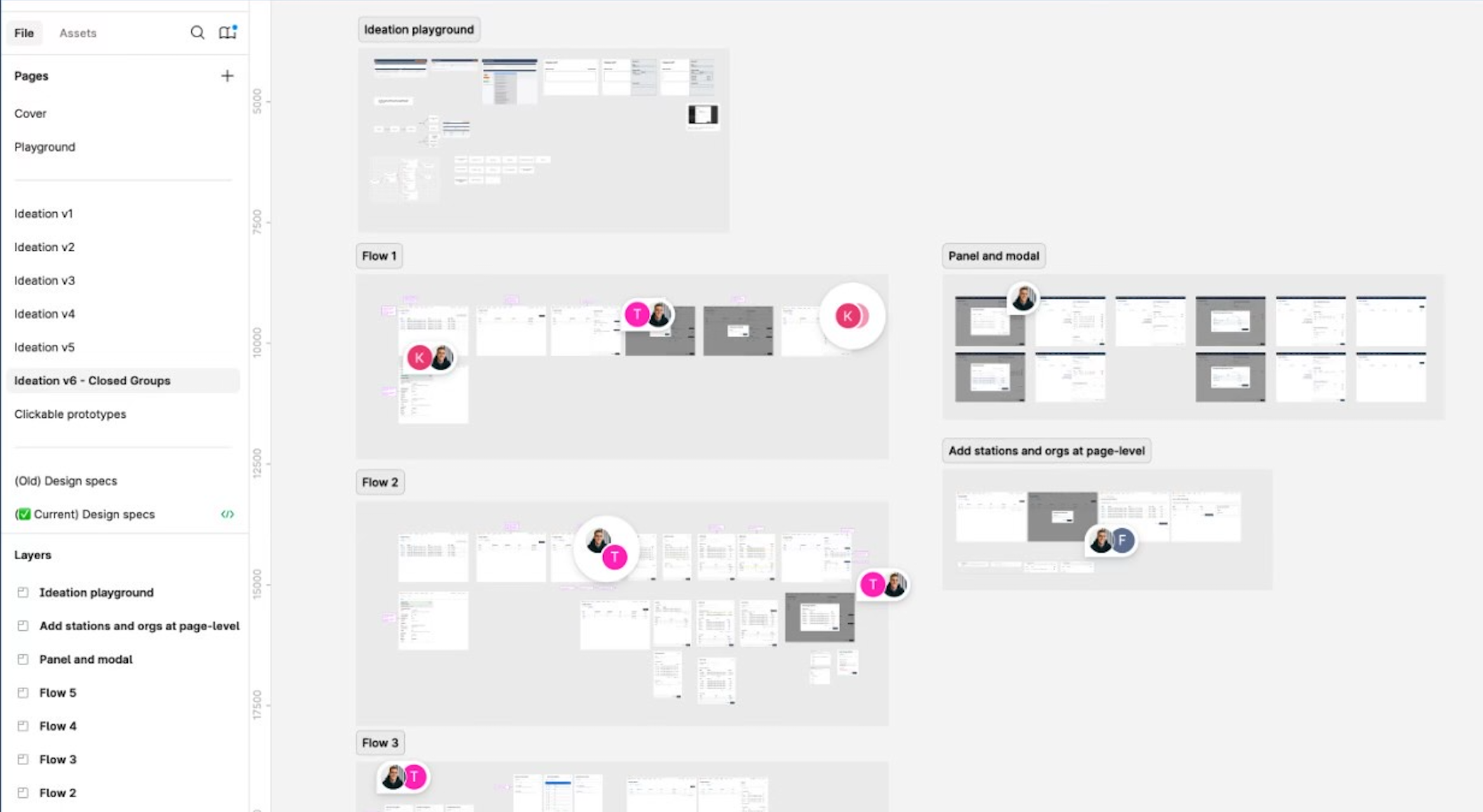
Within two weeks of launch, we prevented over 100 unauthorised charge sessions by enabling site hosts to control access to fleet-designated charge stations, establishing clear access standards for internal and enterprise use.
The problem
On Chargefox, a private charging station is a station that is not publicly visible in the Chargefox mobile app. Some site hosts install charge stations intended for fleet vehicle usage only, so they can be sure their vehicles are always charged and ready to go.
Customers rely on Chargefox to ensure their vehicles are charged, both at public and private stations. However, charge station site hosts lacked the ability to restrict public access to private stations, which compromised availability for their own vehicles. This was a significant pain point for fleets and other customer segments who shared similar concerns.
By solving this problem, we aimed to not only address fleet customers’ frustrations but also extend the solution’s benefits to other customer groups.
To make the metrics and design process more relatable, I introduced a fictional character named Diana to represent the customer we were solving this problem for. By crafting a story around Diana’s challenges and needs, I was able to communicate the problem and proposed solution to the team at Chargefox, ensuring stakeholders could easily understand and engage with the context.

The process
Through research, we uncovered a broader pattern: the need for access control extended beyond fleet customers to residential users, councils, and large government departments. This insight expanded the scope of the project, pushing us to design a solution that could scale across a wide range of use cases.

I led ideation sessions in Miro, involving cross-functional teams from sales, operations, engineering, and product. We mapped out assumptions using an assumption mapping framework. This allowed us to prioritise testing high-risk, low-evidence assumptions early, such as how users would manage multiple stations simultaneously or whether our terminology made sense.

Building and testing solutions
One of our initial assumptions was that we could leverage existing functionality in our backend to help customers control charge station access. To validate this, I collaborated with engineers to map out various scenarios and conducted technical "spikes" to explore feasibility. Doing this early ensured we avoided designing workflows in Figma that weren’t technically viable. It also helped us align design efforts with realistic implementation constraints, reducing potential rework later on.
Collaborating with engineers was crucial as it informed the design direction and uncovered opportunities for scalability. For example, engineers identified a way to reuse existing code which allowed us to design a flexible user experience rather than inventing entirely new backend workflows.

Once initial designs were ready, we tested prototypes with existing customers as well as users unfamiliar with our platform. This allowed us to uncover usability issues, test terminology, and validate whether the workflows were intuitive. For example, some users struggled to understand the distinction between station-level and group-level access controls, prompting us to refine the interface and simplify the language used.

During testing, one of our engineers proposed leveraging an underutilised feature in the product to enable bulk access control. This would allow customers to apply restrictions across multiple charge stations at once and eventually allow this feature to extend to our mobile app. Doing so would enable fleet drivers to easily identify private stations designated for their vehicles. This approach not only enhanced usability and scalability, but also significantly reduced development effort and time to market.
Impact
Fleet customers immediately adopted the feature, with over 100 unauthorised charge sessions prevented in the first two weeks. This not only ensured better availability for fleet vehicles but also reduced internal administrative overhead and enabled our support and operations teams to focus on higher-priority tasks.


Lessons learned
Researching across customer segments expands scope: Broadening our research beyond fleet customers revealed shared pain points among other customer types. This helped us design a solution with greater scalability and applicability across segments.
Lean on existing functionality for scalability: We leveraged an existing feature to enable access control for multiple charge stations simultaneously. This reduced development time by 30% and allowed us to extend the functionality to our mobile app in the future.
Assumption mapping is critical for prioritisation: Using an assumption mapping framework helped us focus on the highest-risk areas supported by the least amount of evidence. This helped streamline testing and reduced risk.
